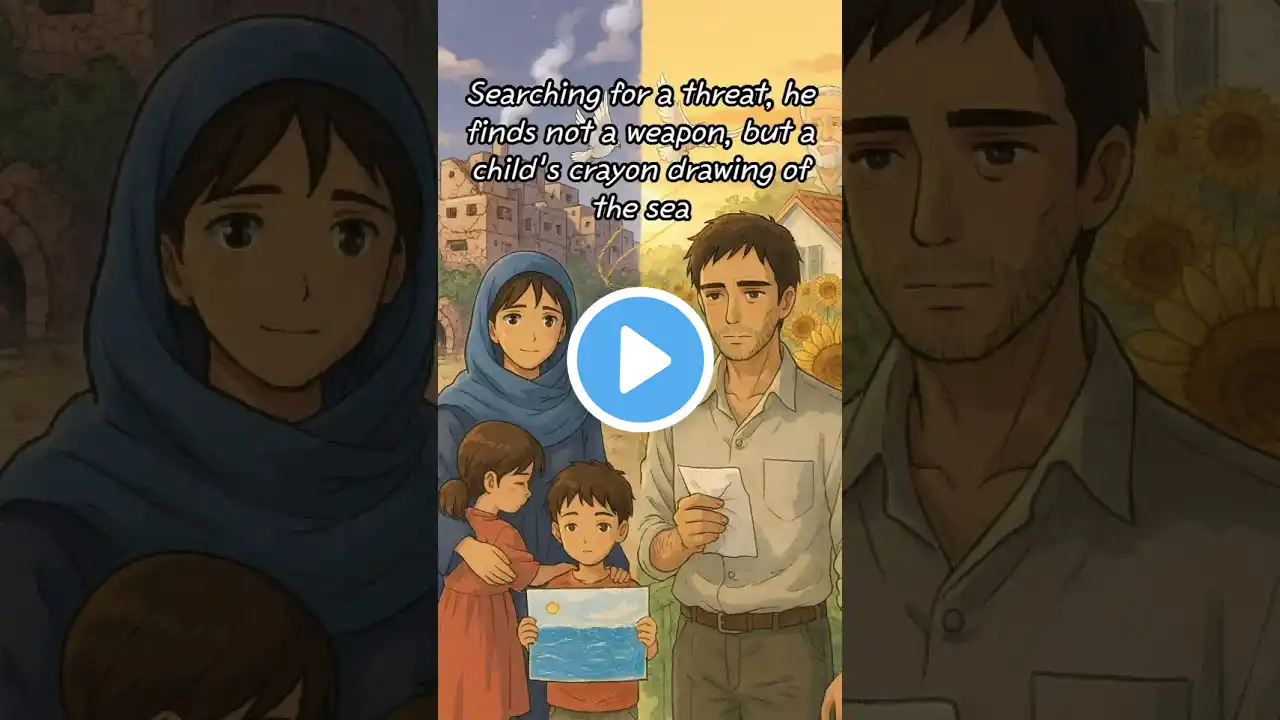
Israel and Hamas war, "Two homes One war The same fear"
The novel, The Threads of Ash, tells the story of the Israel-Hamas war, beginning with the October 7, 2023 attack, by alternating perspectives between two families directly affected by the conflict: Leila, a Palestinian mother in Gaza City, and Yonatan (Yoni), an Israeli father and kibbutz resident near the border. Inciting Event and Immediate Impact (Chapters 1-2) The narrative opens with Leila in Gaza, whose peaceful morning is shattered by the sound of massive rocket fire, marking the start of the Hamas operation. She immediately recognizes the devastating retaliation this action will bring upon her family. Simultaneously, across the border in the kibbutz, Yoni and his family are forced into their safe room (mamad) as their community is overrun by attackers, transforming their quiet life into a nightmare of fear and shattered security. Divided Loyalties and Crushing Loss (Chapters 3-4) Leila faces an intense internal struggle: while her uncle, Abu Khalil, celebrates the resistance as a path to dignity, Leila is horrified by the immediate, brutal Israeli response and realizes her children's safety is paramount. She resolves to flee the city, prioritizing survival over political defiance. Meanwhile, Yoni and his family are evacuated to safety, but the joy is muted by the confirmed kidnapping of their elderly neighbor, Avi, taken hostage into Gaza. Yoni reports for reserve duty, his grief and guilt turning into a determination to bring his friend home, fueled by a sense of state failure. The Journey and The Unseen Exchange (Chapters 5-8) As the ground invasion begins, Leila makes the perilous decision to leave the relative but compromised safety of an old tunnel in Gaza City, a place tainted by the proximity of Hamas fighters. Her journey south with her children is a desperate march of survival. Concurrently, Yoni enters Gaza as a military mechanic. While clearing a recently abandoned tunnel, he discovers a small, child’s crayon drawing of the sea and a discarded wrapper from an Israeli-made date bar. This discovery humanizes the "enemy" for Yoni; the face of the conflict is suddenly the face of a child named Jamal, not a military target. This realization marks a profound shift in his perspective from pure retribution to a burdened awareness of shared suffering. The Aftermath and Fragile Hope (Chapters 9-10) Leila and her children join the massive, desperate crowds in the southern tent camps near Rafah, where life is reduced to a daily struggle for basic necessities. The war has followed them, leaving deep emotional scars. The climax arrives with the prisoner exchange agreement. Yoni experiences immense relief as his friend, Avi, is released and safely returned. Simultaneously, Leila and her community feel a quiet sense of victory and dignity as Palestinian prisoners are freed. The novel concludes not with peace, but with the unseen exchange of humanity between the two sides. Yoni keeps Jamal’s drawing as a painful reminder of the innocent lives caught in the violence, influencing his understanding of the war. Leila carries the weight of her children's trauma, knowing the conflict is deeply woven into the future. Both characters realize that their struggle is deeply interconnected, and the path to genuine peace requires acknowledging the scared lives on the opposite side of the fence. The threads of ash remain, binding them in a shared, unending cycle of loss and resilient survival.
